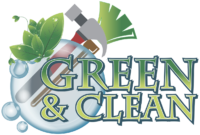Homeowners often ask, are chimney caps necessary for keeping their fireplaces safe and efficient? A chimney cap might seem like a simple accessory, but it plays an essential role in protecting your chimney and home. By covering the opening at the top of the flue, it prevents debris, animals, and excess moisture from entering. It also helps minimize downdrafts and can extend the life of your chimney system. Understanding how chimney caps work and why they matter can help you decide whether installing or replacing one should be a priority.
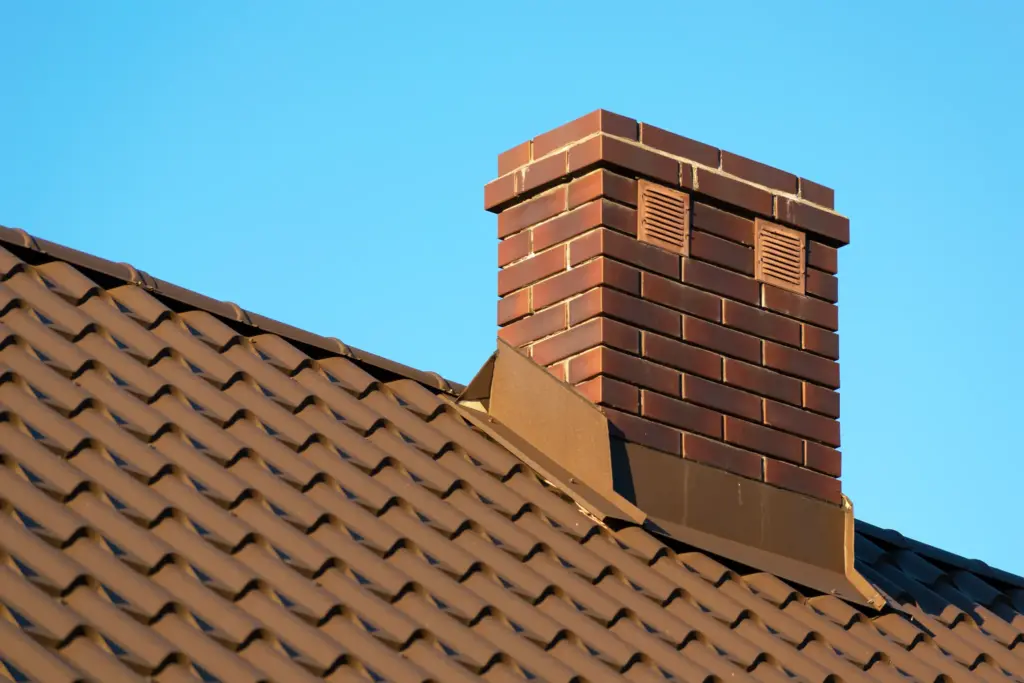
What Is a Chimney Cap
A chimney cap is a protective cover installed over the top of the chimney flue. Most are made from stainless steel, galvanized steel, or copper, and include a mesh screen around the sides. The cap sits on top of the flue tile or crown and is secured with screws or clamps. While the design is simple, it offers several layers of protection for your chimney and your home.
The Main Purposes of a Chimney Cap
When people ask are chimney caps necessary, they’re really asking if these functions are worth the investment. A properly installed chimney cap can:
1. Keep out rain and snow: Moisture is one of the biggest threats to chimney masonry. When water enters the flue, it can damage the liner, rust metal components, and cause freeze-thaw cracks in winter.
2. Block animals and debris: Birds, squirrels, raccoons, and other small animals often see chimneys as safe nesting spots. A cap’s mesh screen prevents them from getting in, along with leaves, sticks, and other debris that could cause blockages.
3. Reduce downdrafts: Without a cap, wind can blow smoke and cold air back into your home. This not only affects comfort but also increases the risk of smoke inhalation.
4. Contain sparks: Some caps include spark arrestors, which stop hot embers from escaping the chimney and landing on your roof or yard, reducing fire hazards.

Risks of Having No Chimney Cap
Operating a fireplace without a chimney cap leaves your chimney vulnerable. Moisture entering the system can lead to accelerated deterioration of bricks, mortar joints, and flue liners. Animals nesting inside create obstructions and unpleasant odors. Debris buildup can cause dangerous chimney fires if it ignites. Downdrafts can send smoke and harmful gases into living spaces, compromising indoor air quality.
In Ohio’s climate, where winters bring snow and ice, these risks are magnified. Seasonal freeze-thaw cycles can quickly turn small cracks into major structural issues if moisture is allowed in through an open flue.
Types of Chimney Caps
Several styles of chimney caps exist, and the right one depends on your chimney type and needs:
– Single-flue caps: Designed to fit over one flue tile, these are the most common type. – Multi-flue caps: Cover multiple flues on the same chimney, often custom-built for a precise fit. – Specialty caps: Designed for metal chimneys, decorative styles, or chimneys in high-wind areas.
Choosing the right material matters too. Stainless steel is durable and rust-resistant, making it a smart choice for long-term protection. Copper offers a decorative look and long lifespan, though it comes at a higher cost. Galvanized steel is budget-friendly but less resistant to corrosion.
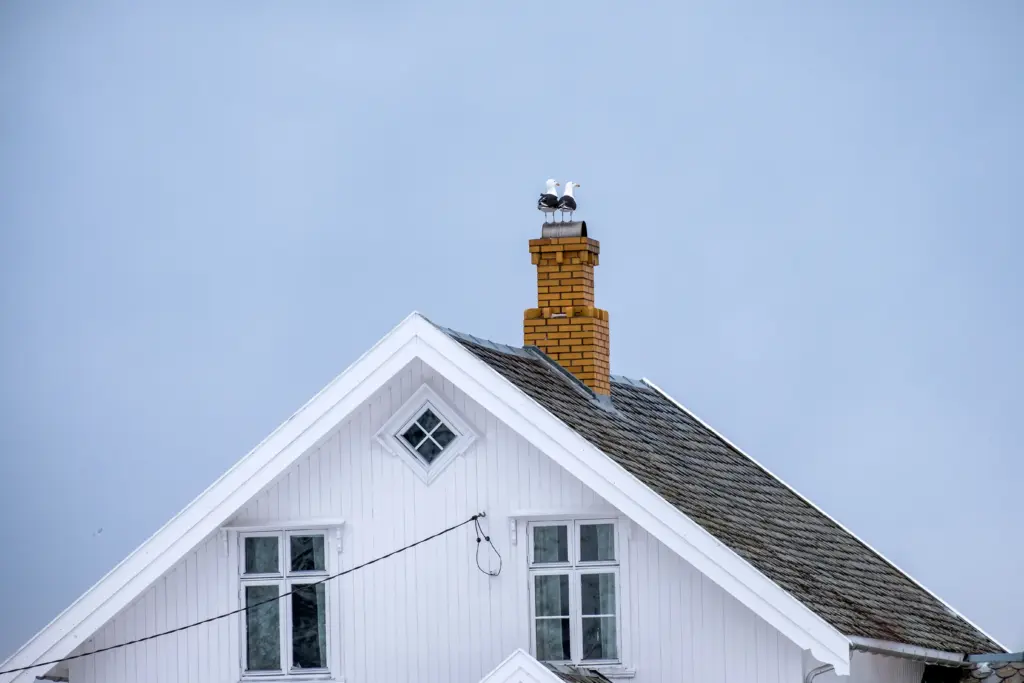
Professional Installation vs. DIY
Although some homeowners attempt to install chimney caps themselves, professional installation ensures a secure, weather-tight fit. A chimney technician measures your flue precisely, selects the right cap design, and fastens it in a way that won’t damage the masonry. Professionals also check for existing damage or blockages during installation, saving you from potential surprises later.
Working with local experts such as Green and Clean Home Services ensures the cap is installed correctly and the chimney is in top shape before the heating season begins.
Chimney Caps and Indoor Air Quality
One benefit that often goes overlooked when asking are chimney caps necessary is their role in maintaining indoor air quality. By keeping animals, debris, and excess moisture out, they help prevent odors and contaminants from entering your home. They also reduce the likelihood of blockages that can force smoke or carbon monoxide back inside.
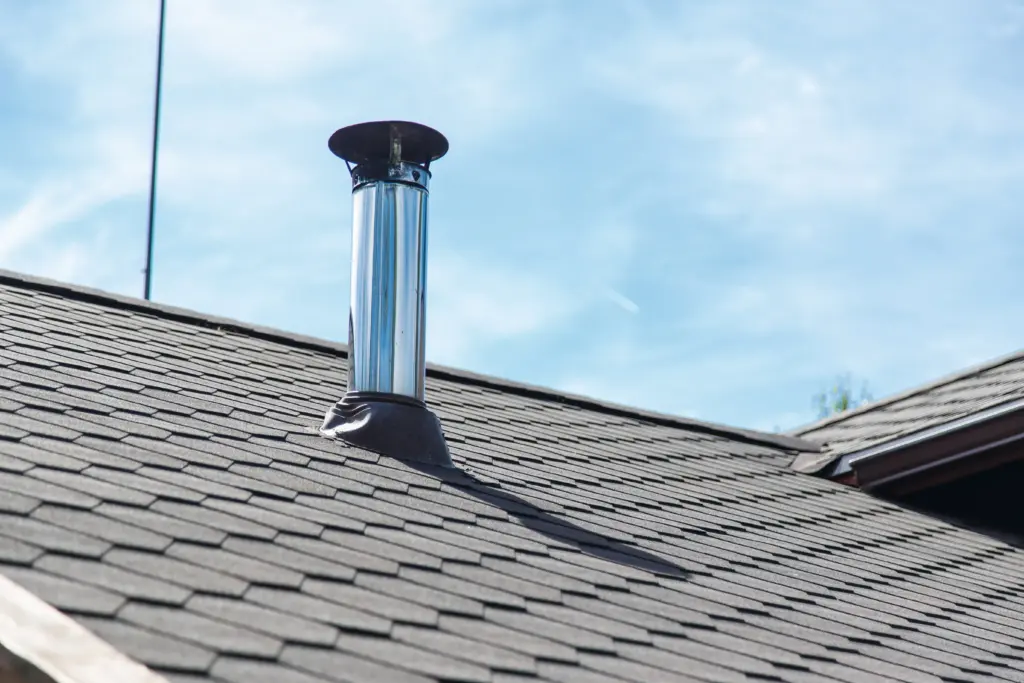
How Chimney Caps Prevent Costly Repairs
Water damage, animal infestations, and debris blockages can all lead to expensive chimney repairs. Installing a cap is a relatively inexpensive way to avoid these problems. Compared to the cost of rebuilding a chimney crown or replacing a flue liner, a chimney cap is a small investment that pays for itself many times over.
Maintenance Needs for Chimney Caps
Once installed, a chimney cap requires minimal maintenance. Annual chimney inspections, such as those offered by fireplace services, should include checking the cap for damage, corrosion, or loose fittings. Cleaning the mesh screen to remove soot or creosote ensures that airflow remains unobstructed.
Chimney Caps in Harsh Weather
Ohio experiences strong winds, heavy snow, and freezing rain during winter. These conditions can challenge even well-built chimneys. A sturdy cap protects against snow and ice infiltration, while the mesh helps prevent wind-blown debris from clogging the flue. In rural areas, caps can also help deter larger animals from exploring your chimney.
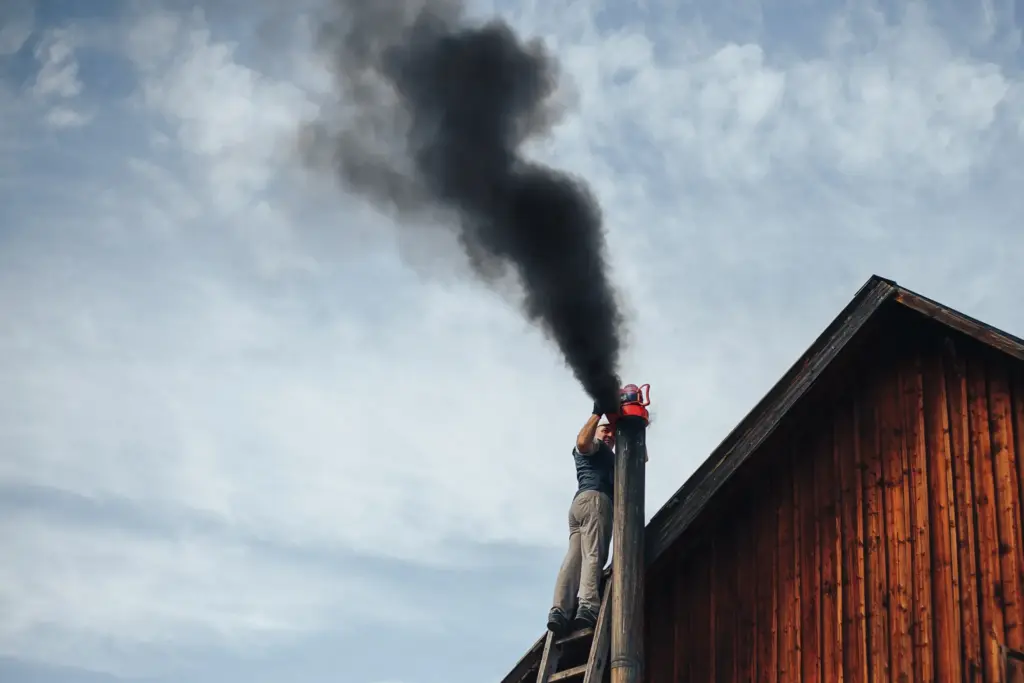
Common Misconceptions About Chimney Caps
Some homeowners believe chimney caps restrict airflow or trap moisture inside the flue. In reality, a properly designed and installed cap allows smoke and gases to escape freely while shielding the flue from outside elements. Others assume that a chimney crown alone provides adequate protection, but crowns only shield the top surface of the chimney—not the flue opening itself.
Cost of Installing a Chimney Cap
The price of a chimney cap varies depending on the material, size, and whether it’s custom-made. Basic stainless steel models start at around $100, while decorative copper versions can exceed $500. Professional installation may add $100–$300, depending on complexity. Given the protection it offers, the expense is minor compared to the potential cost of water damage or chimney repairs.
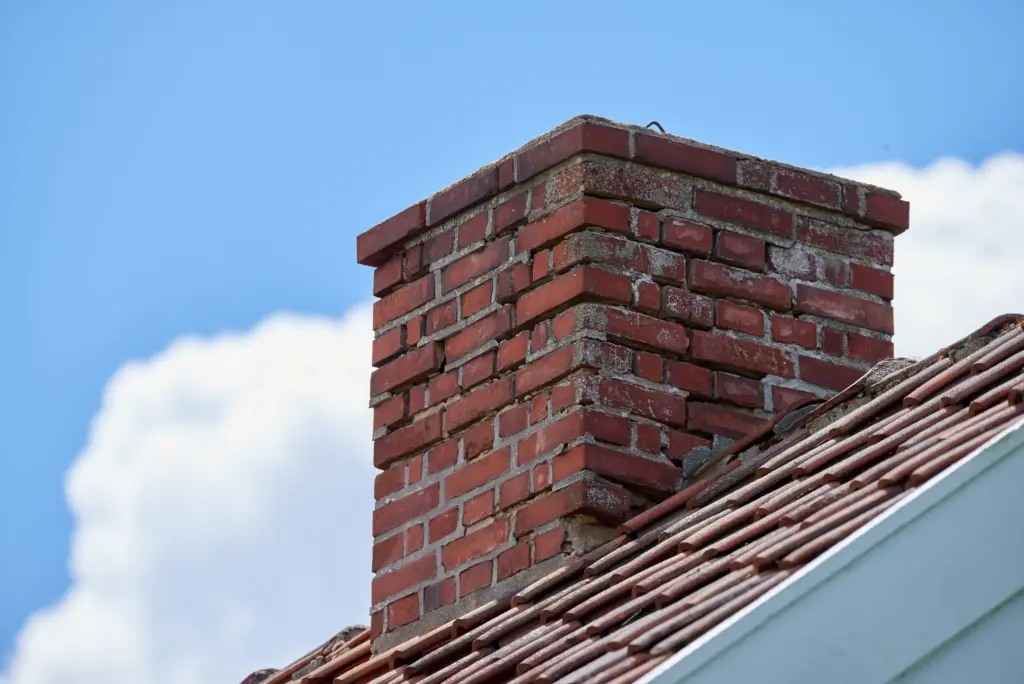
Conclusion
So, are chimney caps necessary? Absolutely. They safeguard your chimney from water damage, blockages, and animal intrusions while improving safety and extending the life of the system. Whether you have a wood-burning or gas fireplace, a quality chimney cap is a simple addition with long-term benefits. For homeowners in Lake, Cuyahoga, Geauga, Summit, and Portage Counties, Green and Clean Home Services can inspect your chimney, install the right cap, and ensure your fireplace is ready for safe, efficient use all year long.
